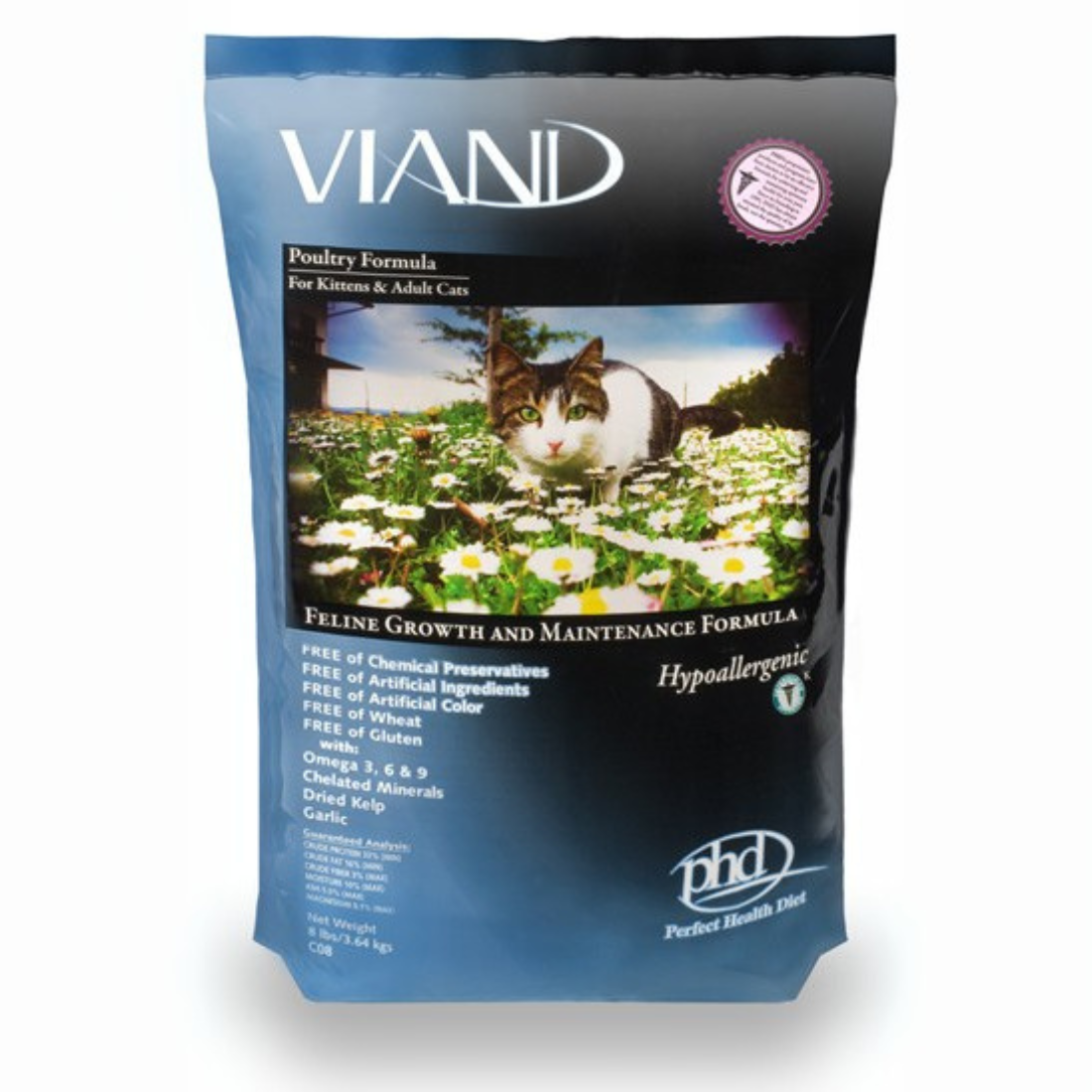

· By Scott Pollak
Do Dogs Have Taste Buds? Here's What You Might Not Know
Ever wondered what your dog actually tastes when you fill their bowl?
At Viand, we spend a lot of time thinking about what goes into every bite. That’s why we’re diving into a fun and fascinating topic today—your dog’s taste buds—and how their unique sense of taste impacts what (and how) they eat.
Spoiler: Dogs experience flavor very differently than we do.

Yes, Dogs Do Have Taste Buds—But Fewer Than You Think
While humans have around 9,000 taste buds, dogs come in at around 1,700. That’s about 20% of ours, which explains why your dog might be more excited about what you’re eating than how it tastes.
But that doesn’t mean they don’t have preferences. In fact, their taste buds are surprisingly specialized.
Here’s Where It Gets Interesting…
Dogs have taste receptors that allow them to detect:
-
Sweet – Located near the front of the tongue. Yes, dogs have a sweet tooth (which explains their love for fruits like apples or sweet potatoes).
-
Salty – Found toward the front of the tongue, but dogs are less sensitive to salt than we are.
-
Bitter and Sour – Located at the back of the tongue, where unpleasant or potentially toxic tastes trigger rejection (think spoiled food or certain plants).
-
Meat and Fat – These flavors hit just right for dogs, thanks to their ancestral carnivore roots.
-
Water – Believe it or not, dogs have taste buds just for water! These become more active after a meal or when they’re dehydrated—pretty incredible, right?
Taste Is Only Half the Story...
While taste buds play a role, your dog’s sense of smell is the real star. With over 100 million scent receptors (compared to our 6 million), dogs use their noses to decide whether something is worth eating long before it touches their tongue.
That’s why warming up food or offering moist, meat-rich meals can enhance its aroma and appeal—especially for picky eaters or senior dogs with duller senses.
At Viand, we keep this in mind with every formula we create. Our recipes are made to be biologically appropriate, smell irresistible, and support your dog’s natural instincts—because mealtime should be both nourishing and enjoyable.
Avoid These Flavors
While dogs do have some adventurous eating habits, there are definitely flavors to avoid:
-
Sour foods often signal spoilage, so most dogs will instinctively steer clear.
-
Spicy foods can upset their digestive systems and cause discomfort.
So yes—go ahead and skip the hot sauce. They’re not missing out!
Bottom Line?
Your dog doesn’t just eat to fill their belly—they experience flavor, aroma, and texture in their own unique way. By understanding how they taste and smell, you can make smarter choices that truly support their health, happiness, and excitement at every meal.
And that’s what we’re all about at Viand—feeding your dog like the beloved family member they are.
P.S. Want to make every bite even better?
Explore our natural supplements that work in harmony with a healthy diet to support digestion, immunity, and overall wellness.


